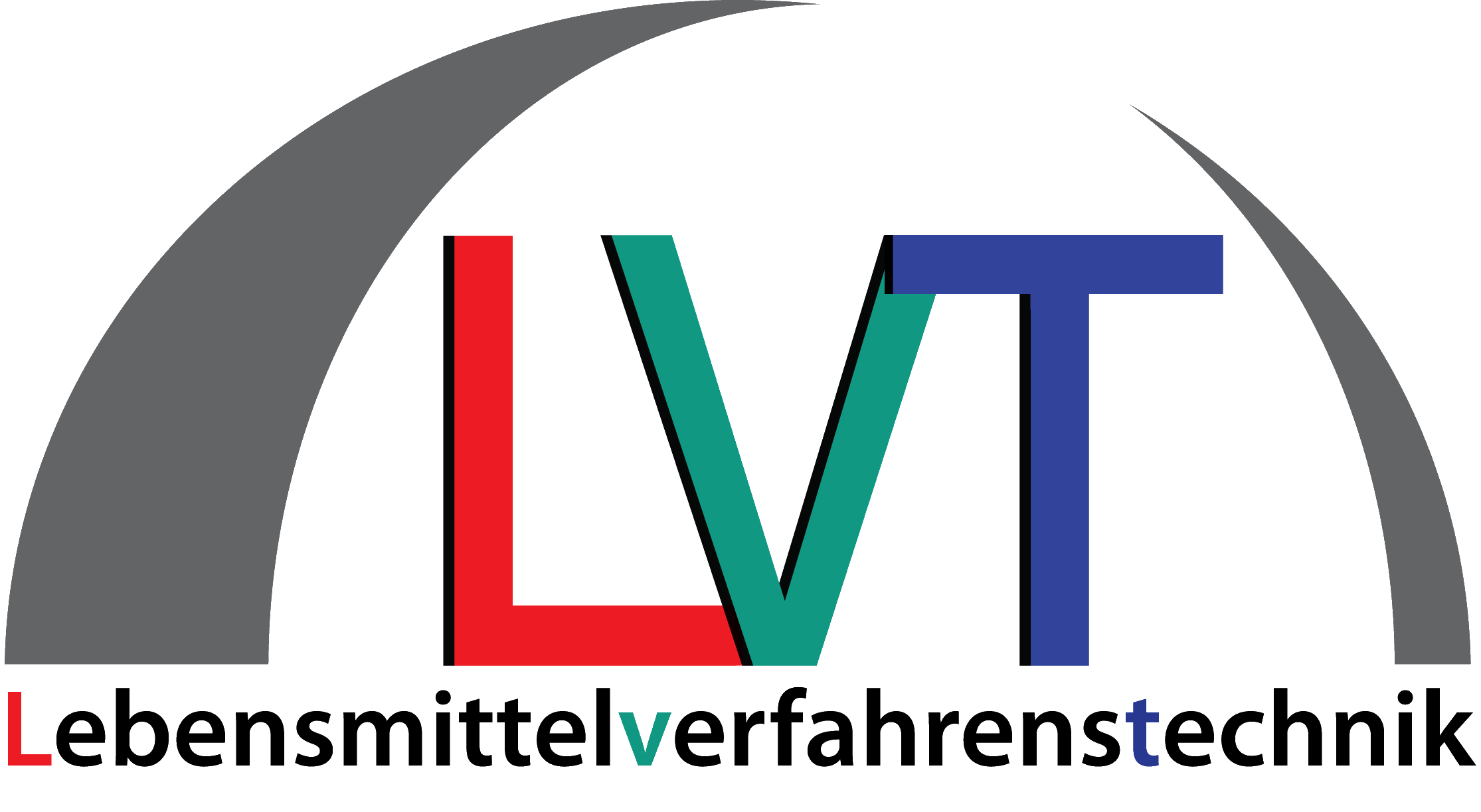
Dipl.-Ing. Serghei Abramov
- group:
Flüssigzerkleinerung
- room: 406
- phone: +49 721 608 43614
- fax: +49 721 608 45967
- serghei abramov ∂does-not-exist.kit edu
Postanschrift: Kaiserstr. 12
Liefer- und Besucheranschrift: Gotthard-Franz-Straße 3
Geb. 50.31, 4. OG
D-76131 Karlsruhe
About me
I studied Chemical- and Bio-engineering at Friedrich-Alexander-University Erlangen Nuremberg, with specialization in technical chemistry. During my studies my research was focused on production, formulation and simulation of particulate media.
After my student research project in synthesis and characterization of silver nanoparticles for antimicrobial application at the Institute of Particle Technology, I left Erlangen for an internship and external diploma thesis at BASF in Ludwigshafen. At BASF I worked on simulation of optic interactions of pigments and formulation of hybrid materials for printable electronics.
The focus of my research is on production, structuring and stabilizing nano and micro materials in emulsification processes. Since Mai 2013 I am working as a research associate here at KIT, at the Institute of Food Process Engineering, on projects related to all kind of disperse systems.
Motivation and research interests
The development of novel delivery systems for active and effective substances has a wide field of applications in food, cosmetics and pharmaceutical industry. Many of the organic active substances are insoluble in water and consequently not capable of reaching their target. The encapsulation of these substances in colloidal lipophilic systems allows their applications in aqueous solutions and can be applied as targeted delivery systems in the human body.
These delivery systems for active substances can be produced in a two-step melt emulsification processes. In the first step, the disperse phase is emulsified above its melting temperature in a mechanical emulsification process. In the second step, the droplets are cooled down until the crystallization occurs and the emulsion forms a fine dispersed crystalline suspension.
Focusing on the influence of process parameters on the structure of solid lipid particles with crystalline inner phase, I especially investigate the effect of shear stress and collision rate in the system on the crystallization behavior of solid lipid particles.
Methods
To produce solid lipid particles with crystalline inner phase of different droplet size distributions I use a verity of emulsification devices like: stirred vessels, colloid mills, tooth rim dispersing machines and high pressure homogenizers. Thus, it is possible to produce solid lipid particles in range of few nanometers to few micrometers.
To characterize crystallization, I use polarizing microscopy equipped with a cooling/heating stage. The polarizing microscope combined with the cooling/heating stage allows investigations on crystallization processes between -196 °C to +420 °C and cooling/heating rates from 0.01 K/min to 50 K/min. Further analytical methods used in my research are differential scanning calorimetry, laser diffraction analysis, tensiometry and rheology.

